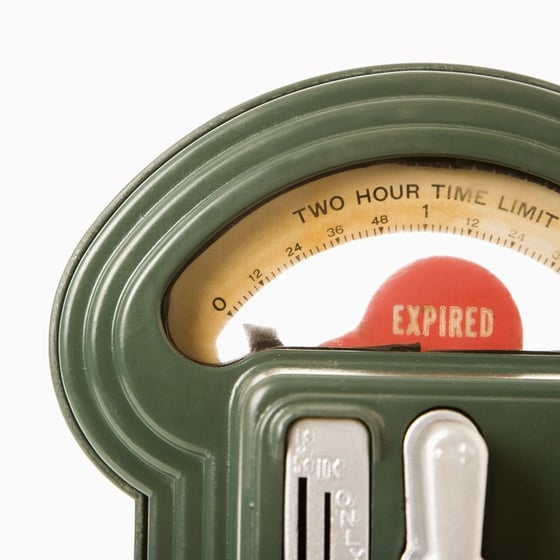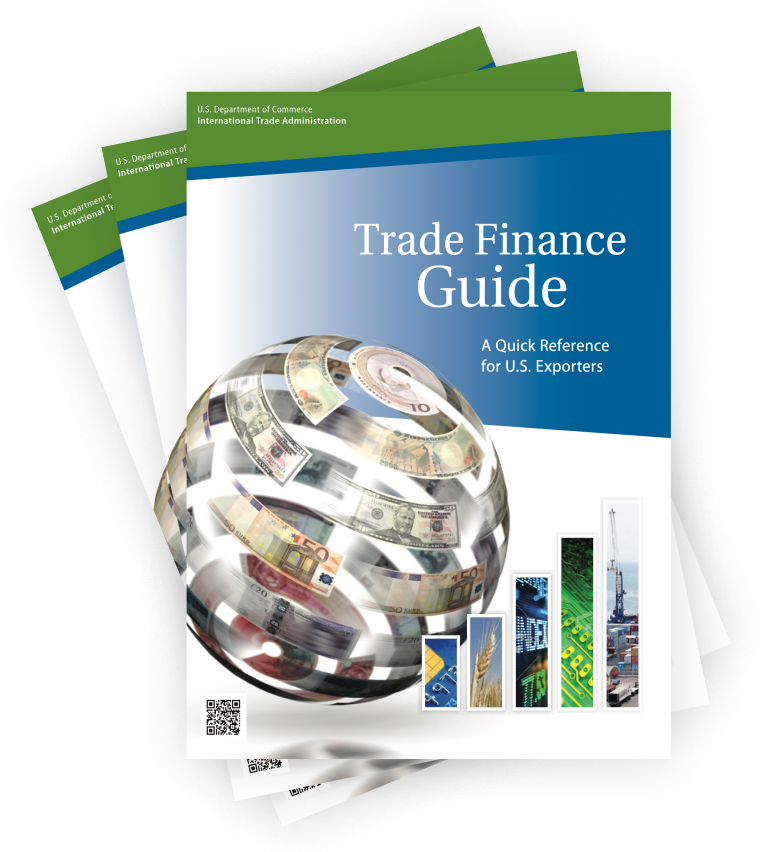The International Trade Blog International Sales & Marketing
The Hidden Expiration Date on Every Export Letter of Credit
On: September 4, 2018 | By:  Roy Becker |
3 min. read
Roy Becker |
3 min. read
 The International rules for letters of credit, known as the Uniform Customs and Practice for Documentary Credits (UCP), state, “A credit must state an expiry date for presentation” (Article 6d). It is relatively easy to find the expiry date in the letter of credit.
The International rules for letters of credit, known as the Uniform Customs and Practice for Documentary Credits (UCP), state, “A credit must state an expiry date for presentation” (Article 6d). It is relatively easy to find the expiry date in the letter of credit.
However, another date equal in importance is referred to as the last date for presentation. The presentation period—the window of time in which the exporter must present documents—is tied to the ship date as indicated in the original transport document.
Letter of Credit Presentation Period
A letter of credit includes terminology similar to “documents must be presented within 10 days after the bill of lading date but within the validity of the letter of credit.” For example, if the shipment took place on January 1, documents must be presented no later than January 11 or the expiration date if earlier. If the expiration date is January 5, documents must be presented by January 5, not the 11th.
Some letters of credit require a presentation period of seven days, some 15, etc. If the letter of credit does not state a presentation date, the exporter has 21 days according to UCP Article 14c. Exporters should be aware of this requirement and feel confident they can work within the stated time period. If not, they should request an amendment.
Why does a letter of credit include these time requirements? The importer stipulates them because a delay in presentation can create problems. When the goods arrive at the customs entry point, the importer needs the documents to clear the goods. If not cleared in a timely manner, the goods will go into storage and incur daily charges.
With a short presentation period, the importer can force the exporter to deliver the documents to the bank quickly. Once the documents enter banking channels, they will find their way to the importer in due time for customs clearance.
An alert exporter, however, must ask several key questions:
- How quickly after shipment can the documents be assembled and presented to the bank?
- Can unusual situations cause delays?
- Can the consular's signature be obtained (for a specific country) within the time limit?
Some consulates are located in distant cities and only sign documents once a week. If the appointed day for signing documents falls on a holiday, in either country involved in the transaction, then one more week must be added to the time frame. While 10, 15 or even 21 days may seem like adequate time, it can slip away quickly.
Like what you read? Subscribe today to the International Trade Blog to get the latest news and tips for exporters and importers delivered to your inbox.
This article was first published in December 2014 and has been updated to include current information, links and formatting.

About the Author: Roy Becker
Roy Becker was President of Roy Becker Seminars based in Centennial, Colorado. His company specialized in educating companies how to mitigate the financial risk of importing and exporting. Previous to starting the training company, Roy had over 30 years experience working in the international departments of several banks where he assisted many importers and exporters with the intricate banking needs associated with international trade.
Roy served as adjunct faculty in the International MBA programs at the University of Denver and University of Colorado in Denver. He conducted seminars at the World Trade Center Denver and The Center for Financial Training Western States, and was a guest lecturer at several Denver area Universities.
Roy retired in 2021.


